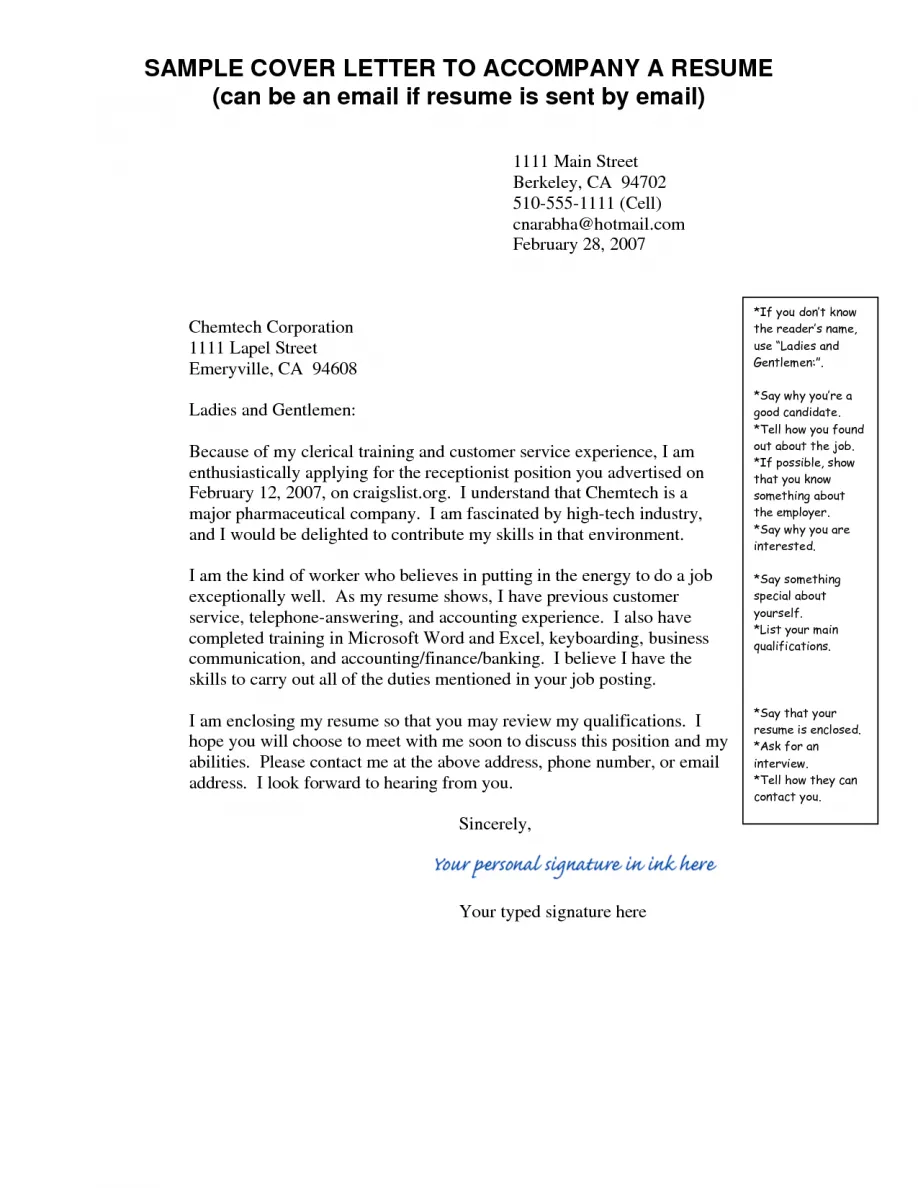Understanding the Dilemma When the Name Is Unknown
Writing a cover letter is a crucial step in the job application process. It is your opportunity to introduce yourself to a potential employer and highlight why you’re the perfect fit for the role. But what do you do when you don’t know the name of the hiring manager or the person you should address your cover letter to? This is a common problem, and it can leave many job seekers feeling unsure of how to proceed. The dilemma is real; addressing the letter incorrectly, or not at all, can make a negative impression before the recipient even starts reading your qualifications.
Why Addressing Matters in Cover Letters
Addressing a cover letter correctly is more than just a formality; it demonstrates your attention to detail, your professionalism, and your genuine interest in the company and the specific role. It shows that you’ve taken the time to research and personalize your application, making a positive first impression. A well-addressed cover letter suggests that you are serious about the opportunity and have taken the initiative to learn more about the company and its culture. A lack of a proper greeting, on the other hand, can make you appear careless or disinterested, potentially leading to your application being overlooked.
Consequences of Incorrect or Missing Addressing
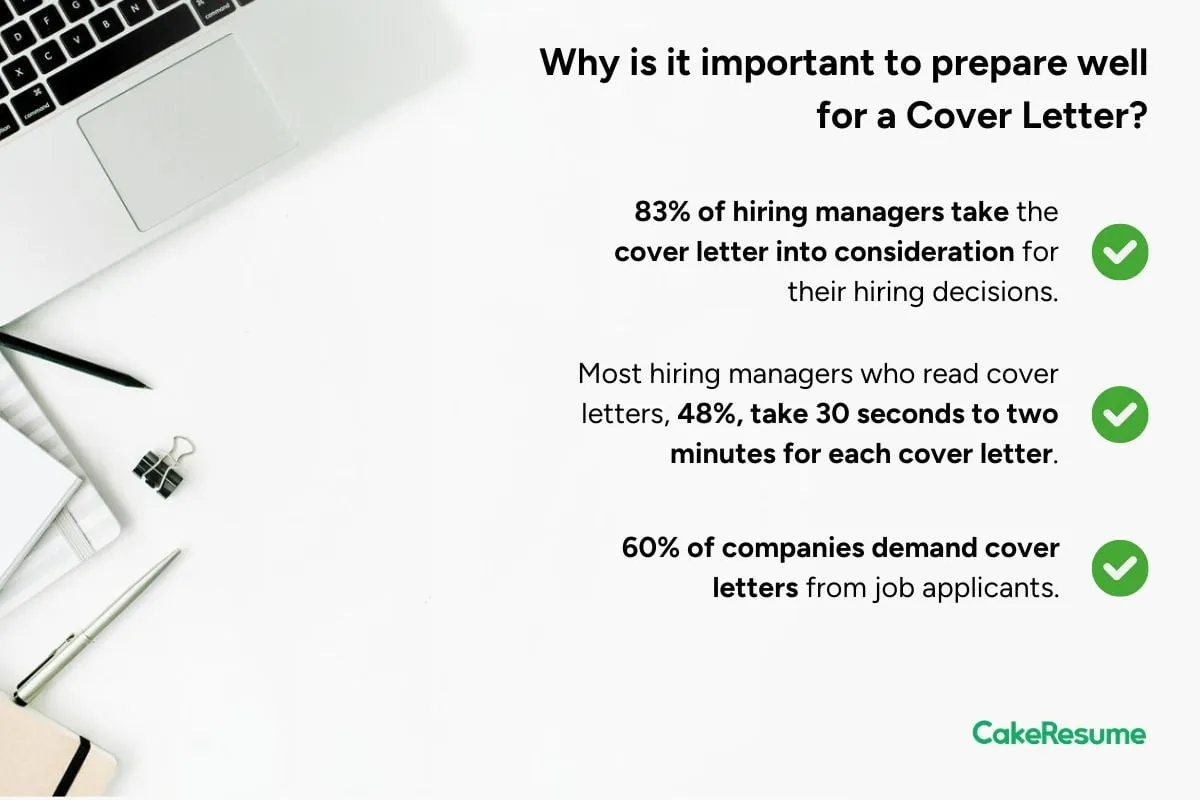
Failing to address your cover letter appropriately can have several negative consequences. Using the wrong name, for instance, can make you seem inattentive and show that you haven’t taken the time to understand the company or the job you’re applying for. A generic greeting or, worse, the absence of a greeting altogether can give the impression that you are sending out a mass application, which can diminish the impact of your qualifications and experience. In a competitive job market, these mistakes can be detrimental and may cause your application to be discarded, regardless of how strong your skills and experience are.
Effective Alternatives When You Don’t Know the Name
If you can’t find the hiring manager’s name, don’t panic. There are several effective alternatives that you can use to address your cover letter professionally. The key is to maintain a tone that’s respectful, professional, and shows that you’ve put effort into crafting your application. It’s better to use a thoughtful alternative than to leave the address section blank or take a guess at the name. These alternatives help you to navigate this situation, ensuring your cover letter is received positively and your application is given due consideration.
Using General Salutations
When you don’t know the name of the hiring manager, using a general salutation is a suitable option. These are polite and professional ways to open your cover letter without a specific name. Be sure to choose a salutation that aligns with the level of formality of the company and the job itself. It is best to use these general salutations when you’re unable to find a specific name, but still want to make a professional and respectful impression. Always ensure that the salutation feels appropriate for the job and company.
Examples of Suitable General Salutations
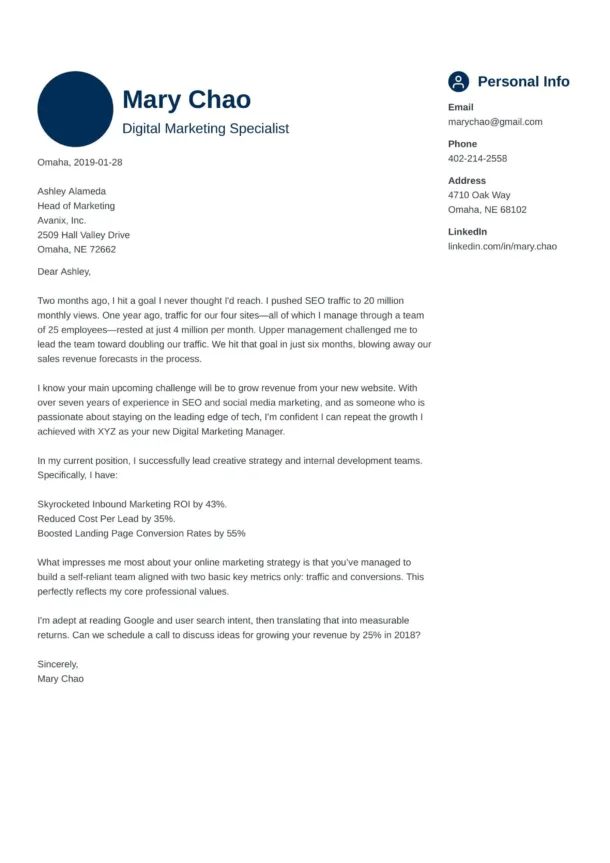
Here are some examples of appropriate general salutations you can use:
- Dear Hiring Manager
- Dear [Department Name] Hiring Team
- Dear [Job Title] Search Committee
- To Whom It May Concern
- Dear Recruiting Team
Choosing the right salutation depends on the company culture and the job posting. For example, if the job posting mentions a specific department, such as the Marketing Department, you can use “Dear Marketing Team.” If the job posting specifies a search committee, using “Dear Search Committee” is also acceptable. Remember to maintain a respectful tone.
Addressing by Department or Role
If you know the department or the role of the person you are addressing but not their name, this is an excellent approach. This shows you understand the company’s structure and that you’re directing your application to the relevant area. For instance, if you are applying for a marketing position, you might use “Dear Marketing Department” or “Dear Hiring Manager, Marketing Department.” This approach is particularly useful if you’re applying for a role in a large organization where it may be difficult to ascertain the specific person in charge.
Researching to Find the Hiring Manager’s Name
Before resorting to general salutations, always make an effort to find the hiring manager’s name. This demonstrates initiative and attention to detail. This small extra step can significantly impact your application. Several resources can help you in your search; taking the time to identify the correct contact person shows a genuine interest in the position and the company, setting your application apart.
Leveraging LinkedIn and Company Websites
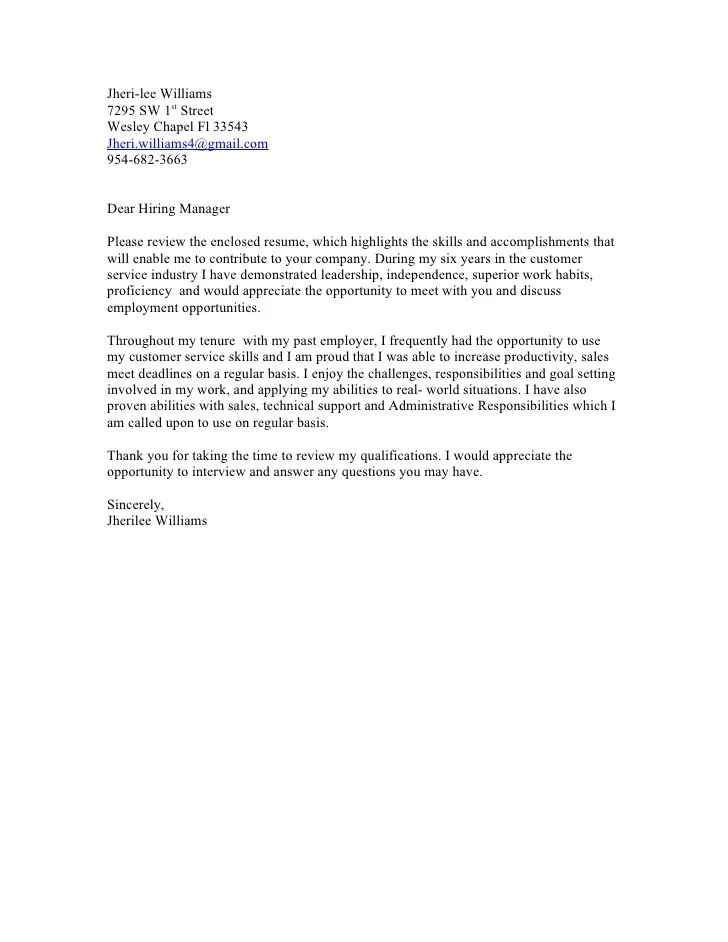
LinkedIn is an invaluable tool for finding the hiring manager’s name. Search for the company and then look for people in the department or with the job title related to the position you are applying for. Company websites often list key personnel, especially in the ‘About Us’ or ‘Contact Us’ sections. Check the careers page, as it may include a contact person or department. If you find the contact, address the cover letter to that individual; it demonstrates that you’ve done your homework and shows your genuine interest in the role.
What to Do if You Still Can’t Find a Name
Even after thorough research, there might be times when you cannot find the hiring manager’s name. In such cases, opt for a general salutation, as we discussed earlier. It’s far better to use ‘Dear Hiring Manager’ than to leave the address blank or guess a name. When you cannot find the specific name, always prioritize professionalism in your cover letter.
Highlighting Your Research and Initiative
If you’ve made an effort to find the hiring manager’s name, you can briefly mention this in your cover letter. For example, you could write, “Dear Hiring Manager, I have researched the team and the company website extensively to try and determine who the best person to address this cover letter to is.” This shows that you took the initiative to find the information and demonstrates your diligence. Even if you cannot include a specific name, you are still demonstrating that you cared enough to put in the effort.
Focusing on the Recipient’s Role and the Company’s Values
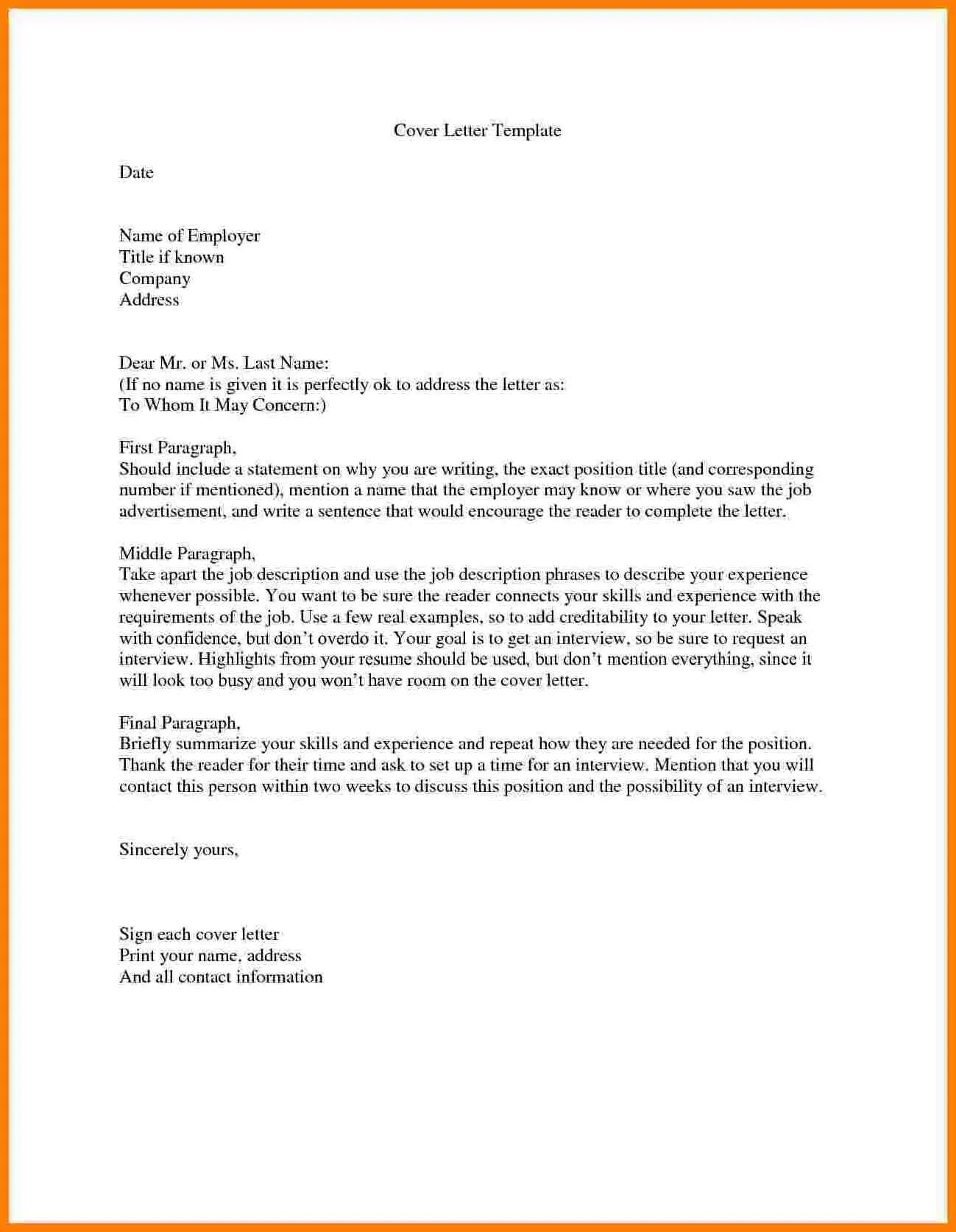
When addressing your cover letter, focus on the recipient’s role within the company. This shows that you understand the context of the job application and respect the company structure. Also, consider emphasizing the company’s values in your salutation. For instance, if the company promotes innovation, you can address the letter to “The Innovation Team.” Ensure your focus is on the recipient’s role and the company’s values, and that you highlight them appropriately, which shows your genuine interest in the company’s mission.
Formatting the Cover Letter’s Address
The way you format the address section of your cover letter is also important for a polished, professional look. The address block is typically placed at the top, before your salutation. The formatting should be consistent with standard business letter formats. Make sure that the presentation of your cover letter is professional and that it adheres to standard formatting practices. This ensures your letter is viewed as a well-crafted, professional document.
Best Practices for a Professional Look
Use a clear, easy-to-read font, such as Times New Roman or Arial. Ensure your cover letter has standard margins (1 inch on all sides). Include the date, your contact information, and the company’s contact information. Address the letter on a fresh line, usually a few lines below the company’s address. Always use a professional and formal tone. These practices contribute to a polished, professional presentation. Your attention to detail in the formatting can leave a positive lasting impression.
Avoiding Common Mistakes
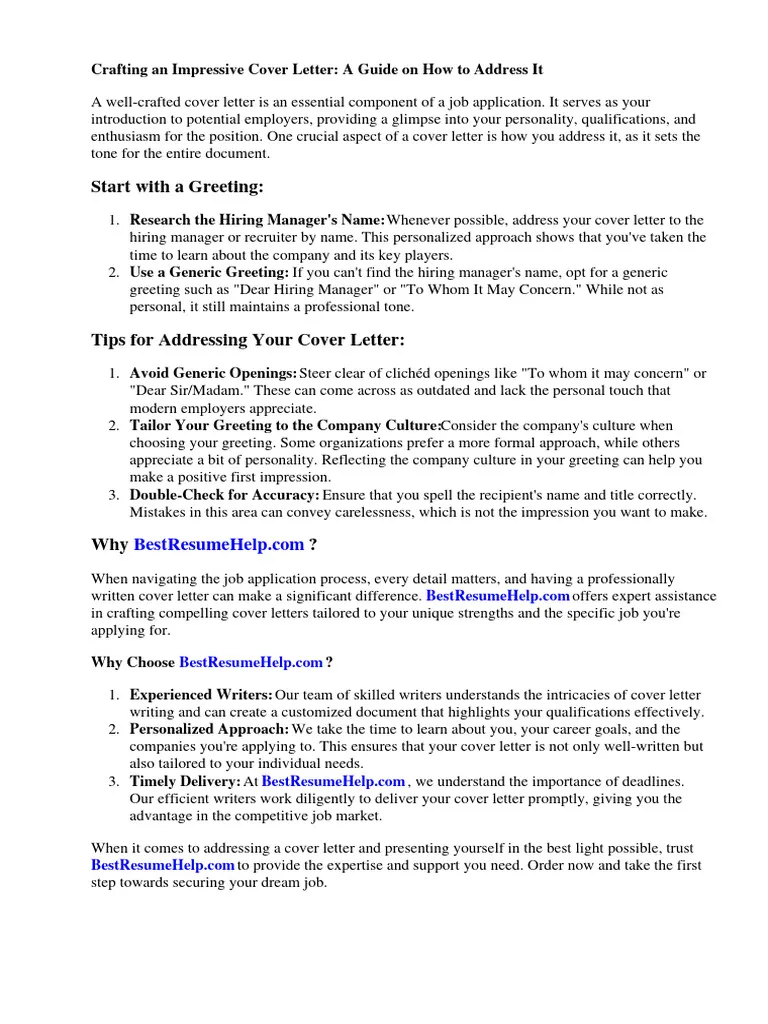
Certain mistakes should always be avoided when addressing your cover letter. These mistakes can significantly hurt your chances of getting noticed. By avoiding common mistakes, you can increase the likelihood of getting your application reviewed positively.
Mistakes to Avoid in Your Cover Letter Addressing
Avoid using outdated salutations such as “To Whom It May Concern” unless absolutely necessary; it’s a bit impersonal. Never misspell the hiring manager’s name. Always proofread carefully. Avoid casual language. Be sure to use formal language. Remember, proofreading is a crucial step.
Proofreading and Ensuring Accuracy
Proofreading your cover letter is critical. Check for any typos or grammatical errors in the address and throughout the entire document. Carefully review the name of the hiring manager (if known), the company’s address, and your contact information. Proofreading helps you catch any mistakes that might have slipped through. It’s a simple step, but it can make a big difference in the impression your cover letter makes.
The Importance of Proofreading for a Polished Cover Letter
A polished cover letter is one that is free from errors and presents you as a professional. Proofreading guarantees that your cover letter is well-written and error-free. A cover letter with no errors will leave a positive impression. Proofreading isn’t just about catching spelling and grammar mistakes; it’s about ensuring that your cover letter shows attention to detail and a high level of professionalism. This attention to detail can make a significant difference in whether you are called for an interview.
